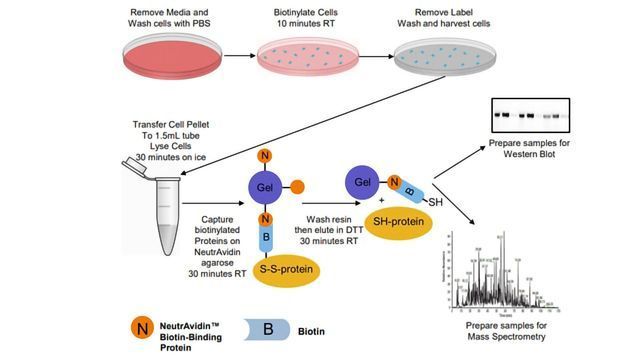Diabetes has become a global epidemic and is characterized by high blood glucose levels due to either the lack of insulin production or insulin resistance. The prevalence of diabetes has risen rapidly, and it is considered to be one of the leading causes of death worldwide. Nowadays, many natural products have been proposed as potential agents for diabetes treatment. Among them, Konjac extract is gaining increasing attention, due to its hypoglycemic effect. In this article, we will discuss the mechanism of Konjac extract in diabetes based on the Proteomic Analysis of Mitochondrial Proteins, which has been conducted to explore the mode of action of Konjac extract in the treatment of diabetes.

First, let's understand what Konjac extract is. It is obtained from the tuber of Amorphophallus konjac plant, which is native to Southeast Asia. Konjac extract is rich in glucomannan, a water-soluble dietary fiber that has been shown to improve insulin sensitivity and reduce blood glucose levels.
To analyze the mechanism of Konjac extract in diabetes, researchers used Proteomic Analysis of Mitochondrial Proteins. Mitochondria are the powerhouse of the cell, and they play an important role in glucose metabolism. The researchers treated SGC-7901 cell lines (which are human gastric cancer cell lines) with Konjac extract and compared the mitochondrial proteins in treated and untreated cells.
The findings of the study showed that Konjac extract treatment resulted in the upregulation of 8 mitochondrial proteins, which are involved in various metabolic processes, including ATP synthesis and transport, electron transport chain and oxidative phosphorylation. Among these proteins, ATP synthase subunit alpha, ATP synthase subunit beta, and ATP synthase subunit O are critical components of ATP synthase, which is responsible for ATP production. This suggests that Konjac extract treatment can enhance ATP production in mitochondria, and therefore improve glucose metabolism.
Furthermore, the researchers found that Konjac extract treatment also downregulated 10 mitochondrial proteins, which are associated with the tricarboxylic acid (TCA) cycle, a central metabolic pathway that is responsible for generating energy from carbohydrates, fats, and proteins. These proteins include pyruvate dehydrogenase complex E2 subunit and dihydrolipoamide S-succinyltransferase. The downregulation of these proteins may reduce the production of acetyl-CoA, which is the starting material for the TCA cycle. This, in turn, may lead to a decrease in glucose oxidation in mitochondria, resulting in the suppression of glucose-induced oxidative stress and insulin resistance.
In summary, Proteomic Analysis of Mitochondrial Proteins showed that Konjac extract treatment upregulated proteins involved in ATP production and downregulated proteins involved in the TCA cycle. These findings suggest that Konjac extract can improve mitochondrial function, leading to enhanced glucose metabolism and insulin sensitivity. This provides scientific evidence for the beneficial effects of Konjac extract in the treatment of diabetes.
In conclusion, Konjac extract has shown great potential as a natural agent for the treatment of diabetes. Proteomic Analysis of Mitochondrial Proteins has shed light on the mechanism of Konjac extract in diabetes and demonstrated its ability to enhance glucose metabolism and insulin sensitivity, by regulating the mitochondrial proteins involved in ATP production and the TCA cycle. Further research is needed to explore the clinical application of Konjac extract in the management of diabetes, and to evaluate its safety and efficacy.
Keywords: Konjac extract, diabetes, Proteomic Analysis of Mitochondrial Proteins, ATP production, TCA cycle, glucose metabolism, insulin sensitivity.